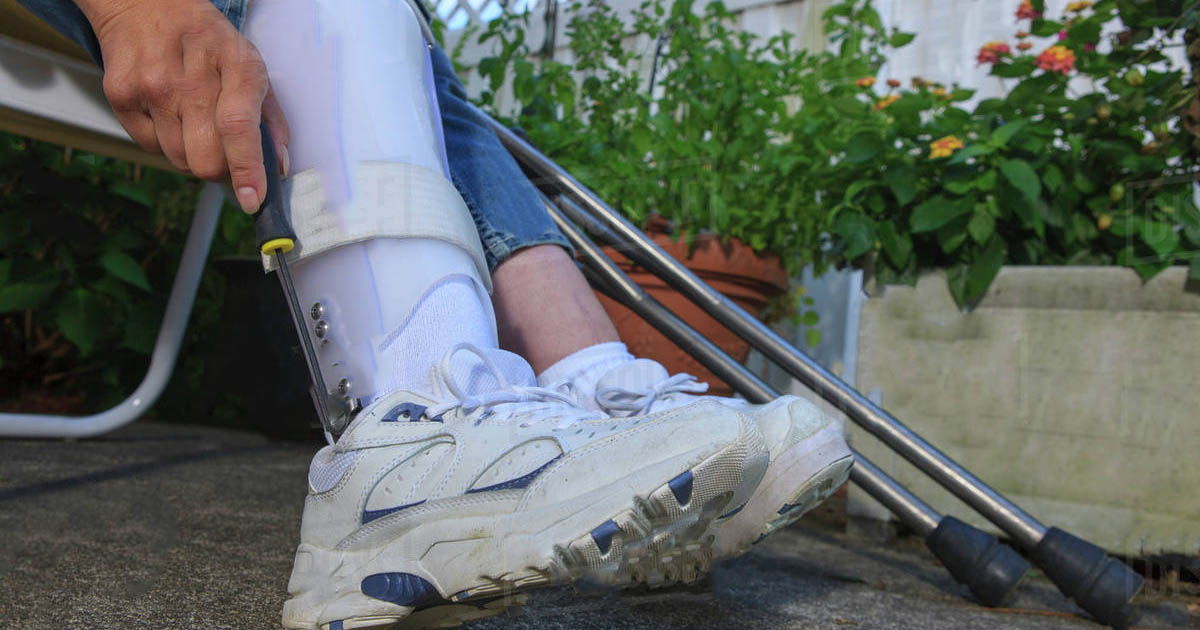Risks And Complications Of Sacral Dimples
Sacral dimples, which are typically benign, are relatively common congenital defects. They are a cleft or impression at the base of the spinal cord, often located right above the crease of the buttocks. Most sacral dimples appear at birth and are evaluated by doctors within the first few days of a baby's life. However, some individuals develop them as they grow older. Regardless of when sacral dimples appear, they need to be evaluated to make sure there is not an underlying condition that could cause problems. If the dimple is discolored or has hair, it might be indicative of another condition and not just a cosmetic deformity.
Spina Bifida Occulta

Sacral dimples can be an indicator of a condition called spina bifida occulta, if the dimple links directly to the spinal cord by extending down into the body. This kind of spina bifida is considered a closed defect. This is different from the spina bifida the majority of individuals know about, which is an open defect and causes severe symptoms. This form of spina bifida rarely shows any symptoms and many individuals do not even know they have it unless it is discovered through imaging conducted for another issue. As the defect is more severe, it can result in symptoms like leg weakness, clumsiness, foot deformity, or hand weakness. Family history and genetics play a role in the disease's occurrence, but in mild cases of spina bifida occulta, there may be no family history. Any woman diagnosed with spina bifida, regardless of the kind, should consult with doctors before becoming pregnant so they understand the risks and the potential problems for her pregnancy and the health of her child.
Continue reading to get the details on the next complication of sacral dimples now.
Tethered Cord Syndrome

Tethered cord syndrome, usually identified in childhood, is a condition resulting from the limited movement of the spine due to tissue attachments. This condition can occur if the sacral dimple extends into the spinal cord and becomes wrapped around it, inhibiting the spinal cord's proper function. It will cause the spinal cord to pull against the tissue and cause pain and weakness. Some serious symptoms of tethered cord syndrome include leg weakness and bladder incontinence. Simple tests are indicative of tethered cord syndrome, including pain when bending forward, the inability to sit straight with crossed legs, and pain when holding things at waist level. However, even though tethered cord syndrome is usually discovered during childhood, there are cases where it is not discovered until adulthood. This pulling on the spinal cord can get progressively worse and cause damage to the spinal cord, leading to more serious symptoms and problems. Many times, surgery is needed to untether the spine and alleviate symptoms.
Learn more about when sacral dimples pose a risk threat to patients.
